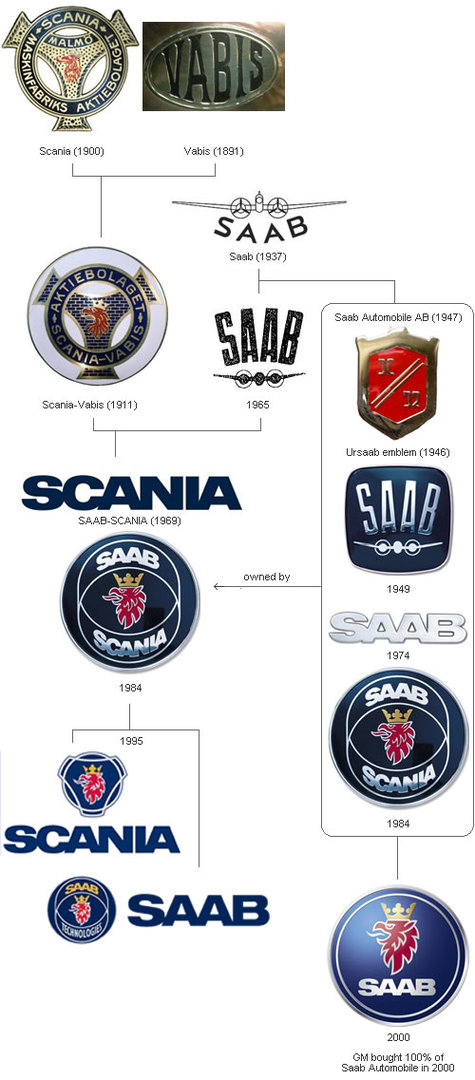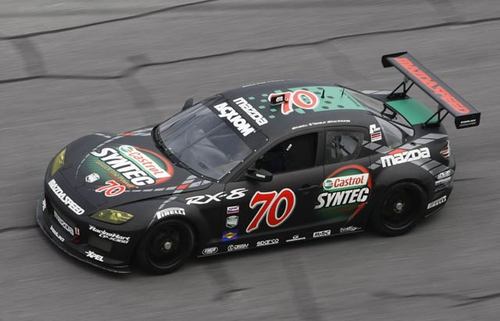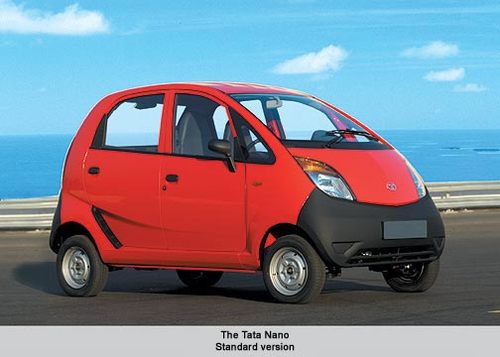If you are a Stanford graduate student and want to get some sticky experience in designing stuff to be viral, please sign up for Creating Infectious Engagement. This course is the third iteration of a vein of intellectual inquiry which began with Creating Infectious Action (CIA) two years ago, and became Creating Infectious Action, Kindling Gregarious Behavior (CIA-KGB) last year. Is there a government agency named CIE anywhere on the planet? Let me know about that one.
As usual, the d.school experience is all about team teaching, because it increases variance. I have the pleasure of joining an illustrious, experienced, and fun teaching team for the class: Debra Dunn, Perry Klebahn, Kerry O’Connor, and Bob Sutton. We’ll be doing projects for Facebook and the Climate Savers Computing Project.
You can find out more about the class at Bob’s blog. The class is for registered Stanford graduate students and will likely be the most work of any class you’ve ever taken at Stanford. If you are interested in
applying to the class, please send a resume and statement to CIEapplication@lists.stanford.edu
(no more than 500 words) about why you are interested
in taking the class and will be a constructive part of it. Additionally,
please list your experiences, if any, with d.school classes. Applications
are due March 15 and admissions to the class will be announced on March 19.
Also, if you have any questions, please write Debra, Kerry,
or Bob.





